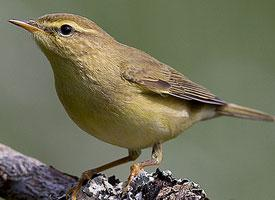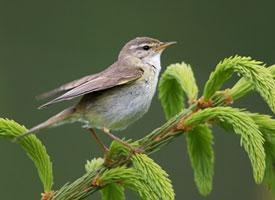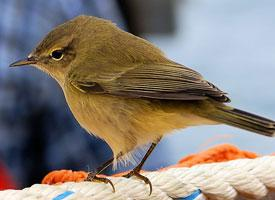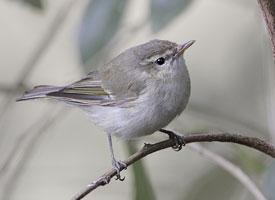
Popis zvířete
The Iberian Chiffchaff, scientifically known as Phylloscopus ibericus, is a small, delightful bird that graces the landscapes of the Iberian Peninsula, with its range extending into parts of France and North Africa. This species, once considered a subspecies of the Common Chiffchaff (Phylloscopus collybita), was recognized as a distinct species based on differences in vocalization, morphology, and genetics.Characterized by its diminutive size, the Iberian Chiffchaff typically measures about 10 to 11 centimeters in length and weighs between 6 to 9 grams. It boasts a relatively dull yet subtly beautiful plumage that blends seamlessly with its woodland habitats. The upperparts exhibit a range of greenish hues, allowing it to camouflage effectively among the leaves, while the underparts are a cleaner whitish color with a hint of yellow, particularly on the flanks and under the tail. It has a prominent supercilium (eyebrow stripe) that is pale in color, contrasting with its darker eye stripe, giving it a distinctive facial appearance.
One of the most remarkable features of the Iberian Chiffchaff is its song, a melodious and complex series of notes that distinguishes it from its Common Chiffchaff cousin. The song is a cheerful, rhythmic, and repetitive "chiff-chaff" sound from which it derives its name, but with a more varied and faster tempo, incorporating trills and whistles that enchant the listeners in its natural habitat.
The Iberian Chiffchaff prefers deciduous and mixed woodlands, particularly favoring areas with dense undergrowth and shrubbery where it can forage for its primary diet of small insects and other invertebrates. During the breeding season, which spans from late March through July, these birds become more conspicuous as males sing to establish territories and attract mates.
Nesting habits of the Iberian Chiffchaff involve the construction of a dome-shaped nest, artfully concealed on or near the ground amidst dense foliage. The female lays between 4 to 7 eggs, which she incubates for about two weeks. The hatchlings are altricial, meaning they are born blind and featherless, utterly dependent on their parents for food and protection. Both parents are involved in feeding the young, which fledge approximately two weeks after hatching.
As a migratory species, the Iberian Chiffchaff winters in western Africa, undertaking a remarkable journey across the Sahara to reach its breeding grounds each spring. This migration is a testament to the bird's endurance and navigational skills.
Conservation-wise, the Iberian Chiffchaff is currently classified as Least Concern by the International Union for Conservation of Nature (IUCN), indicating a stable population. However, like many species, it faces threats from habitat destruction, pollution, and climate change, which could impact its numbers and distribution in the future.
In summary, the Iberian Chiffchaff is a fascinating and beautiful bird that adds to the rich tapestry of avian life on the Iberian Peninsula and surrounding regions. Its distinctive song and vibrant presence make it a cherished species among birdwatchers and nature enthusiasts alike.
Podobná zvířata
Nové fotografie zvířat
Top 10 zvířat
- Chinese water dragon (Physignathus cocincinus)
- Galápagos tortoise (Geochelone nigra complex)
- Dolphin gull (Leucophaeus scoresbii)
- Japanese macaque (Macaca fuscata)
- Colombian red howler (Alouatta seniculus)
- Sea urchins (Echinoidea)
- Moustached guenon (Cercopithecus cephus)
- Diana monkey (Cercopithecus diana)
- Common reed warbler (Acrocephalus scirpaceus)
- Common house mosquito (Culex pipiens)


